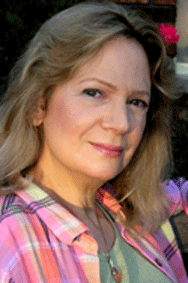The six-word title of this blog post is considered by many to be the perfect example of the literary form called flash fiction. Although legend attributes those six words to Ernest Hemingway, similarly titled stories appear to predate him and there’s nothing to confirm him as the author. No matter. This is still powerful stuff.
Last week’s blog addressed the three traditional literary forms: novel, short story and novella. Flash fiction is the new kid on the literary block, having emerged in the past twenty-five years or so. It’s still evolving, going by such names as quick fiction, nano fiction and micro fiction. Flash fiction ranges in length from six words to as much as a thousand. There’s no set format; it can be a sentence, a paragraph, a page or more. No matter. It’s gaining fans everywhere.
The origins of flash fiction are as variable as its length and format. Aesop’s Fables, written in ancient Greece, are probably the first examples of flash fiction. We find flash fiction in many cultures and many languages. Its popularity has flourished in modern, fast-paced times when gratification wants to be served up promptly.
No matter how short flash fiction is, it still must tell a complete story. What’s left, after all non-essential words are removed, is clean and sharply focused. The choice of words, therefore, is critical. As readers might not realize but writers surely know, the shorter the piece, the harder it is to write.
The best flash fiction sparks something in a reader. It can raise the spirit or crush it under its heel. It can leave a taste on the tongue that is sweet or spicy or sour. The more minimal the language provided by the author, the more space there is for the reader to imagine the unspoken details. The story becomes something considerably larger than its diminutive size.
The format of flash fiction lends itself especially well to magazines, literary journals, online publications and chap books. But they are also published in books as collections by one or more writers, sometimes following a theme, other times following a format, still other times just being an anthology of very good writing. No matter. Just go find some and check it out because really good things can come in really small packages.

